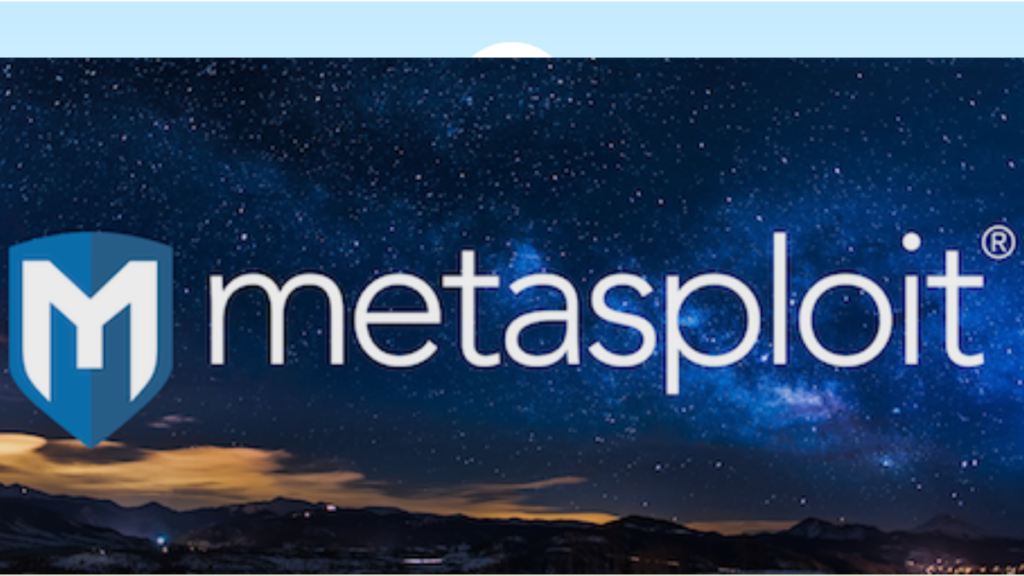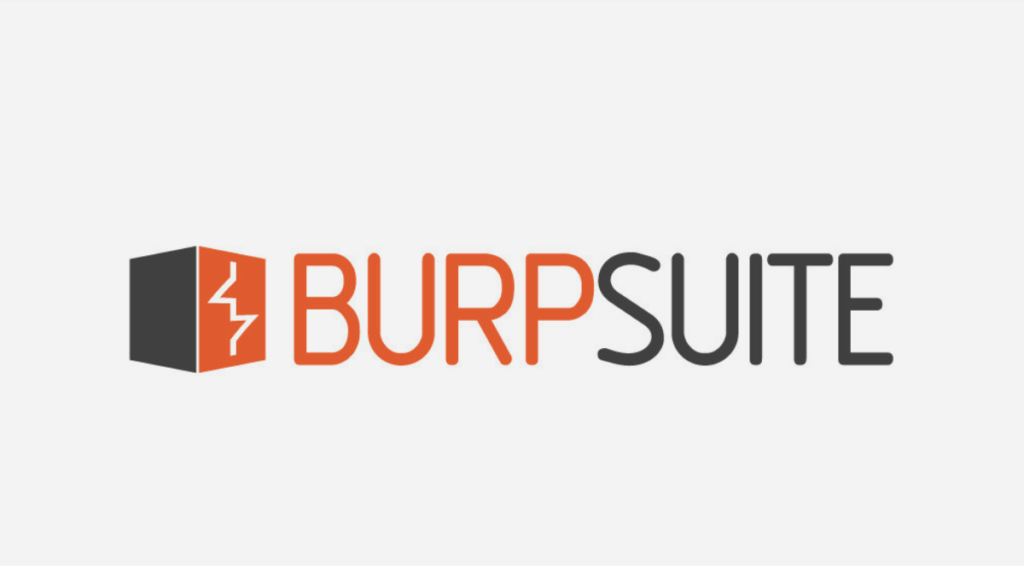Physical Address
304 North Cardinal St.
Dorchester Center, MA 02124
Physical Address
304 North Cardinal St.
Dorchester Center, MA 02124

As the cyber threat landscapers evolves, so too must the tools and strategies used by ethical hackers. In recent years, cyberattacks have become more top, frequent, Best Ethical Hacking tools, with new vulnerabilities emerging almost daily. From sophisticated ransomware attacks to breaches in cloud security, the digital threats businesses face are diverse and constantly shifting.
This has led to a continuous need for updated, more efficient tools that can help ethical hackers stay ahead of the curve.With this backdrop in mind, the purpose of this article is to explore the top ethical hacking tools for 2024—those that are making waves in the cybersecurity industry by helping ethical hackers perform more thorough, effective, and efficient security assessments.
These tools not only assist in identifying vulnerabilities but also play a key role in mitigating the impact of emerging threats. By delving into the latest advancements in ethical hacking technology, this article aims to provide insight into the evolving landscape of cybersecurity and equip ethical hackers with the tools they need to protect the digital world.
Ethical hacking, also known as white-hat hacking,” refers to the practice of legally and systematically probing computer systems, networks, and applications for security weaknesses. The goal of ethical hacking is to identify vulnerabilities before malicious hackers (black-hat hackers) can exploit them.
Ethical hackers use the same tools and techniques as cybercriminals but do so with explicit permission from the system owner. By doing this, they help organizations improve their cybersecurity posture, ensure data protection, and prevent potential breaches.
In essence, ethical hacking stay one step ahead of cybercriminals by proactively addressing potential security threats.
As cyber threats become more sophisticated and diverse, ethical hacking best laptop tools are evolving to stay ahead of malicious actors. In 2024, several key trends are shaping the tools used by ethical hackers to identify vulnerabilities and secure systems. These trends reflect the growing complexity of modern IT environments and the increasing reliance on automation, artificial intelligence, and advanced security protocols.
Automation is transforming how ethical hackers perform vulnerability assessments and penetration tests. In 2024, more tools are being developed to automate routine tasks such as scanning for known vulnerabilities, identifying misconfigurations, and conducting penetration testing.
Automated tools can quickly and efficiently test large, complex systems, saving time and resources while providing more consistent results. This allows ethical hackers to focus on higher-level tasks like analyzing and remediating vulnerabilities rather than manual scanning.
Artificial Intelligence (AI) and Machine Learning (ML) are becoming integral parts of ethical hacking tools. These technologies allow ethical hackers to detect advanced, previously unknown threats (zero-day vulnerabilities) by analyzing patterns in data, network traffic, and system behavior.
AI and ML can identify anomalies that might go unnoticed by traditional methods, helping ethical hackers predict and prevent sophisticated attacks, such as those leveraging AI for evasion or obfuscation. In 2024, we can expect AI-driven tools that adapt to new threats autonomously, enhancing the accuracy and speed of vulnerability detection.
As more organizations migrate to the cloud and rely on Internet of Things (IoT) devices and mobile platforms, ethical hackers are increasingly focused on these areas. Tools for ethical hacking in 2024 are expanding to cover cloud environments, IoT devices, and mobile applications, all of which present unique security challenges.
Vulnerabilities in cloud configurations, unsecured IoT devices, and mobile apps can provide entry points for cyberattacks. Ethical hacking tools are now designed to assess and secure these platforms by scanning for misconfigurations, insecure data storage, weak authentication, and vulnerabilities specific to cloud infrastructures and mobile ecosystems.
As organizations place greater emphasis on securing their systems, multi-factor authentication (MFA) and encryption are becoming standard practices. Ethical hacking tools in 2024 are incorporating features to test the strength and implementation of MFA systems and assess the effectiveness of encryption mechanisms.
Tools are increasingly focused on verifying that MFA protocols are resistant to bypass attempts, such as SIM swapping or social engineering attacks. Additionally, ethical hackers are using encryption-focused tools to identify weak encryption algorithms and improperly implemented encryption protocols, ensuring that data is securely protected both in transit and at rest.
As the landscape of cybersecurity continues to evolve, ethical hackers rely on a wide range of tools to identify vulnerabilities, exploit weaknesses, and strengthen defenses. In 2024, there are numerous advanced tools that are central to penetration testing, vulnerability scanning, network analysis, social engineering, exploit frameworks, cloud security, and mobile security. Here’s an overview of the top ethical hacking tools categorized by their function.

Kali Linux is the leading penetration testing operating system, offering a full suite of tools for security professionals. It is built on Debian and designed for offensive security tasks, including vulnerability scanning, exploit development, and wireless analysis.

Metasploit remains one of the most powerful frameworks for penetration testing and exploit development, providing a platform to discover, exploit, and validate vulnerabilities.

Burp Suite is a powerful set of tools for testing web application security, and it’s especially known for intercepting and modifying HTTP/S traffic between browsers and servers.
Nessus is one of the most widely used vulnerability scanners, designed to identify vulnerabilities across systems, network devices, and applications.
OpenVAS is an open-source vulnerability scanning tool, often used by organizations seeking a free alternative to commercial vulnerability scanners.
Qualys is a cloud-based platform that provides continuous vulnerability scanning, assessment, and management across various IT environments.
Wireshark is a widely used network protocol analyzer, essential for capturing and analyzing network traffic.
Nmap is an open-source tool for network discovery and security auditing.
John the Ripper is a powerful password cracking tool used to identify weak passwords by exploiting various hash algorithms.
Hydra is a fast and flexible brute-force password cracking tool, particularly effective for attacking login pages, SSH servers, and more.
The Social-Engineer Toolkit (SET) is a powerful open-source framework for testing social engineering tactics such as phishing, spear-phishing, and more.
Phishing Frenzy allows ethical hackers to launch sophisticated phishing campaigns to test the security awareness of employees and users.
Cobalt Strike is an advanced adversary simulation tool used for post-exploitation activities like privilege escalation, lateral movement, and data exfiltration.
Empire is a PowerShell-based post-exploitation tool used by penetration testers for lateral movement, command-and-control (C2) operations, and more.
Prowler is an open-source tool used to perform security assessments of Amazon Web Services (AWS) environments.
CloudSploit is a tool that scans cloud infrastructure (e.g., AWS, Azure) for security misconfigurations. Best Ethical Hacking Tools 2024
Drozer is a mobile security framework designed to identify security flaws in Android applications.
MobSF is a comprehensive tool for both static and dynamic analysis of mobile applications.
When selecting ethical hacking tools, several key factors should be considered:
Choosing tools that are adaptable and regularly updated is crucial. The cybersecurity landscape evolves quickly, and tools must keep pace with emerging vulnerabilities and new technologies. Updated tools ensure better coverage and accurate vulnerability detection, keeping your assessments relevant and effective.
No single tool can provide a full picture of a system’s security. Combining multiple tools—such as using Nmap for network scanning, Burp Suite for web application testing, and Metasploitfor exploit verificationensures a thorough, multi-layered security assessment, addressing different attack surfaces and vulnerabilities.
An ethical hacker has a professional obligation to act in the best interest of their client, prioritizing the client’s security, privacy, and business operations.
Ethical hackers must be aware of the legal risks associated with their work and take steps to stay compliant with relevant laws and regulations. Misuse of hacking tools or violating regulations can lead to serious consequences.
you may like:Computer System Validation Guidelines
Ethical hacking tools are software and utilities used by cybersecurity professionals to identify vulnerabilities, test security systems, and protect networks from cyber threats. These tools are used in penetration testing and vulnerability assessments.
They help identify weaknesses in systems before malicious hackers can exploit them. These tools are essential for improving network security, detecting vulnerabilities, and ensuring data protection.
Kali Linux : (for a suite of penetration testing tools)
Metasploit : (for exploitation and testing)
Wireshark : (for network analysis)
Burp Suite : (for web application security testing)
Nmap : (for network mapping and vulnerability scanning)
Ethical hacking tools are legal when used with permission from the network or system owner. Unauthorized use of these tools can lead to legal consequences. Always ensure you have proper authorization before conducting penetration testing.
Yes, many tools like Wireshark and Nmap are beginner-friendly, with extensive documentation and tutorials. However, understanding the fundamentals of networking and cybersecurity is essential for effective use.
Ethical hacking plays a vital role in cybersecurity by helping organizations identify vulnerabilities before malicious actors can exploit them. Staying up-to-date with the latest ethical hacking tools ensures that security professionals can effectively address new and evolving threats.
In a digital-first world, the role of ethical hackers is more crucial than ever, as the attack surface continues to grow with cloud, IoT, and mobile technologies. To remain effective, ethical hackers must commit to continuous learning—regularly updating tools, participating in training, and staying informed about emerging threats and security practices.
We encourage all cybersecurity professionals to constantly develop their skills, whether through certifications, hands-on experience, or community involvement, to stay ahead in this rapidly evolving field and continue protecting our digital environments